The allure of owning an exotic pet can be tempting for animal enthusiasts seeking a companion that stands out from the ordinary. However, behind the appeal of these unique animals lies a complex web of ethical, environmental, and welfare concerns. Many exotic species marketed as pets are endangered or threatened in the wild, with their capture and trade contributing significantly to population declines. Beyond conservation issues, these animals often have specialized needs that few homes can adequately provide, resulting in suffering for the animals and potential dangers for owners. This article explores eight endangered exotic pets that should remain in their natural habitats rather than in private homes, explaining why their ownership is problematic from multiple perspectives.
The Ethical Dilemma of Exotic Pet Ownership
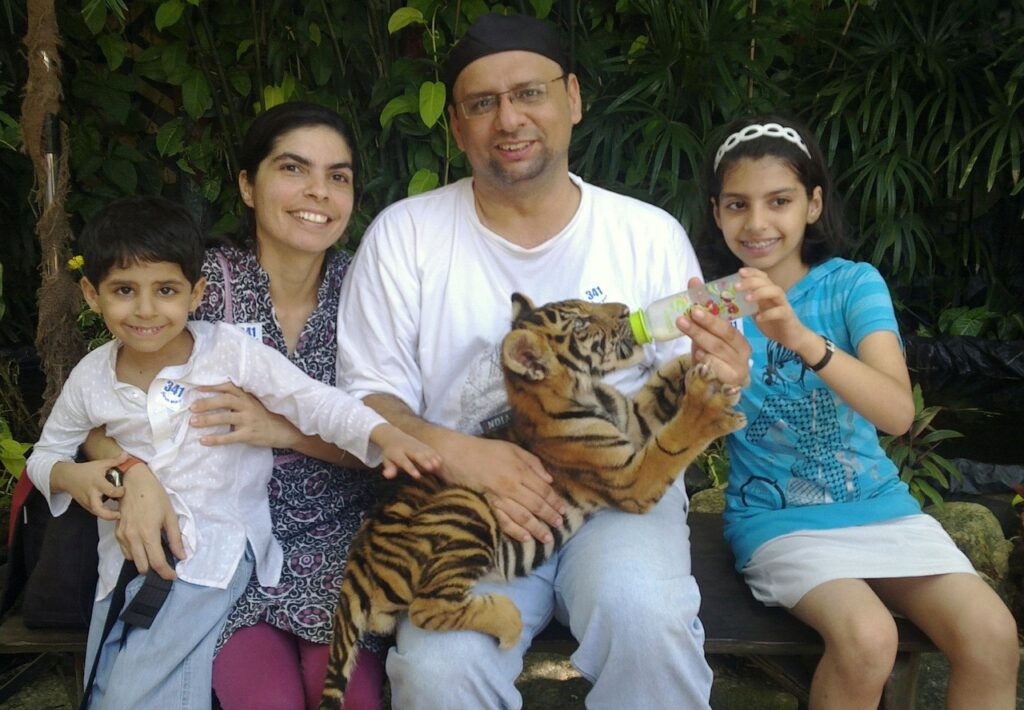
Exotic pet ownership presents a significant ethical dilemma that extends beyond personal choice. When we bring endangered species into our homes, we often become unwitting participants in destructive wildlife trafficking networks that devastate wild populations. The International Union for Conservation of Nature (IUCN) estimates that the exotic pet trade threatens nearly 40% of endangered species worldwide.
Even captive-bred specimens create problems by normalizing the ownership of species that shouldn’t be kept as pets, potentially stimulating demand for wild-caught individuals. Furthermore, most exotic animals retain their wild instincts regardless of breeding history, making them fundamentally unsuited to captivity. The psychological suffering these animals endure when their natural behaviors are restricted cannot be overstated, raising profound questions about our moral responsibilities toward other species.
1. Slow Loris – Adorable but Suffering

The slow loris, with its large eyes and seemingly gentle demeanor, has become a social media sensation that drives its demand in the exotic pet trade. All eight species of slow lorises are listed as either vulnerable, endangered, or critically endangered on the IUCN Red List, with populations declining rapidly throughout Southeast Asia.
What many potential owners don’t realize is that these primates undergo horrific treatment before reaching the pet market—their teeth are typically cut out with nail clippers without anesthesia to prevent their venomous bite, a procedure that frequently leads to infection and death.
In captivity, slow lorises suffer from inappropriate diets, improper lighting that damages their nocturnal eyes, and inability to perform natural behaviors like climbing and socializing with other lorises. Their cute appearance masks their true nature as complex, venomous primates with specialized needs that cannot be met in domestic settings.
2. Tiger Cubs – Wild Predators, Not Companions
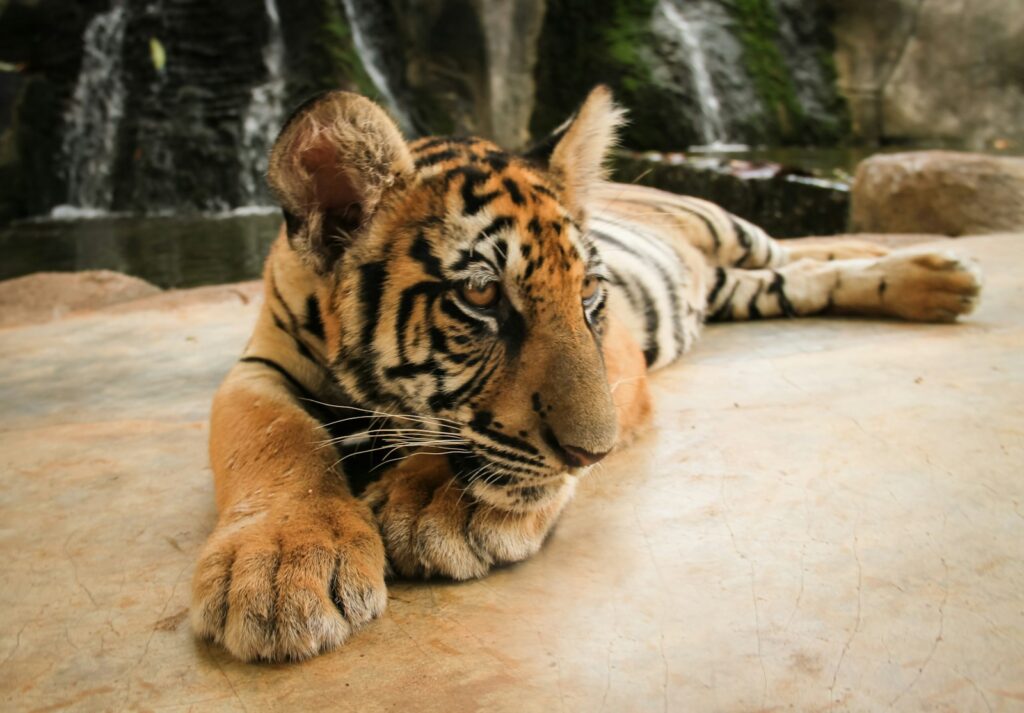
Tiger cubs represent one of the most egregious examples of inappropriate exotic pet ownership, with severe consequences for both animal welfare and conservation. All tiger subspecies are endangered, with fewer than 4,000 remaining in the wild, yet private ownership of tigers in the United States alone is estimated to range between 5,000-10,000 individuals.
While adorable as cubs, tigers quickly grow into powerful predators weighing over 500 pounds with natural hunting instincts that cannot be trained away. The breeding of tigers for the pet trade contributes to genetic problems through inbreeding and creates a surplus of adult tigers that often end up in substandard facilities or are euthanized when owners can no longer manage them. Additionally, the booming tiger cub photo-op industry promotes a constant cycle of breeding where cubs are separated from mothers prematurely, used for a few months of profitable interactions, then discarded when they become too large and dangerous.
3. Chimpanzees – Our Closest Relatives, Unsuitable as Pets
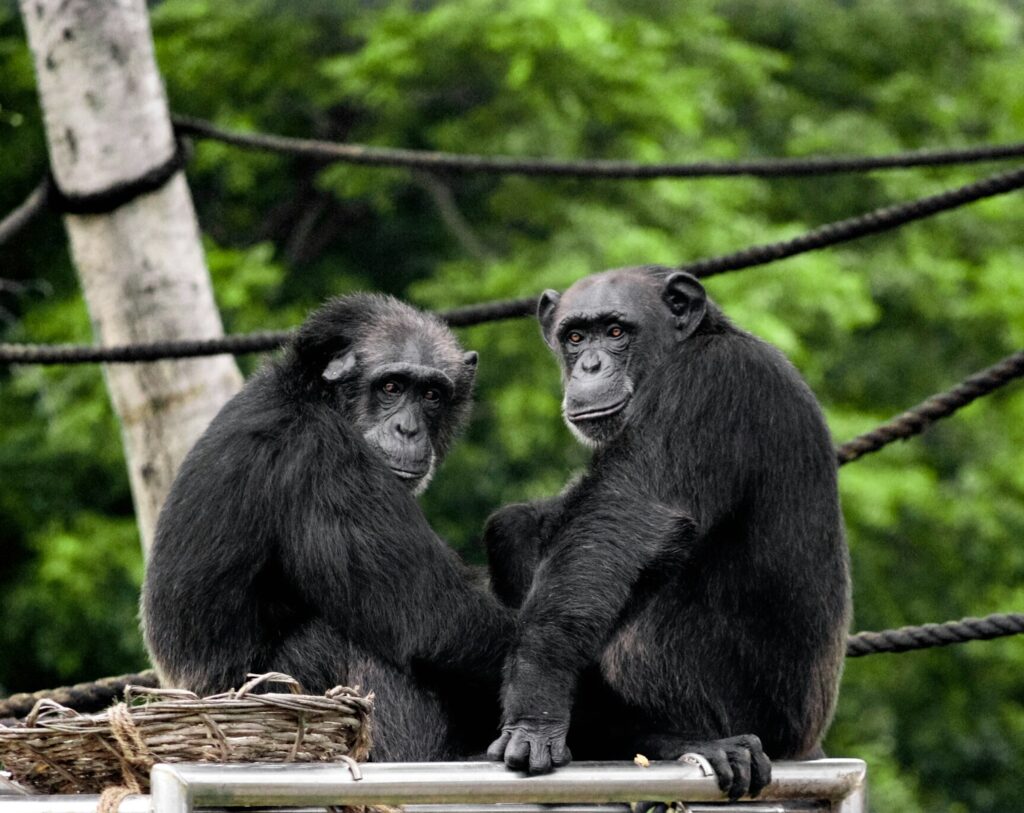
Chimpanzees share approximately 98.6% of our DNA, making them our closest living relatives, but this similarity doesn’t make them appropriate companions in human homes. Listed as endangered with populations declining throughout their African range, wild chimpanzees face threats from habitat loss, poaching, and disease—with the pet trade creating additional pressure. Baby chimpanzees entering the pet trade typically come at the cost of killing multiple adult chimps who try to protect their young during capture operations.
As pets, chimpanzees can only be managed as infants; upon reaching adolescence around age five, they become incredibly strong, unpredictable, and potentially dangerous. Numerous cases of severe injuries have been documented when pet chimpanzees attack their owners or others, including devastating facial maulings. Beyond physical dangers, chimpanzees in homes experience profound psychological deprivation, lacking the complex social structures and environmental stimulation they evolved to need, often leading to self-harming behaviors and abnormal psychological development.
4. African Grey Parrots – Intelligent Birds Being Silenced
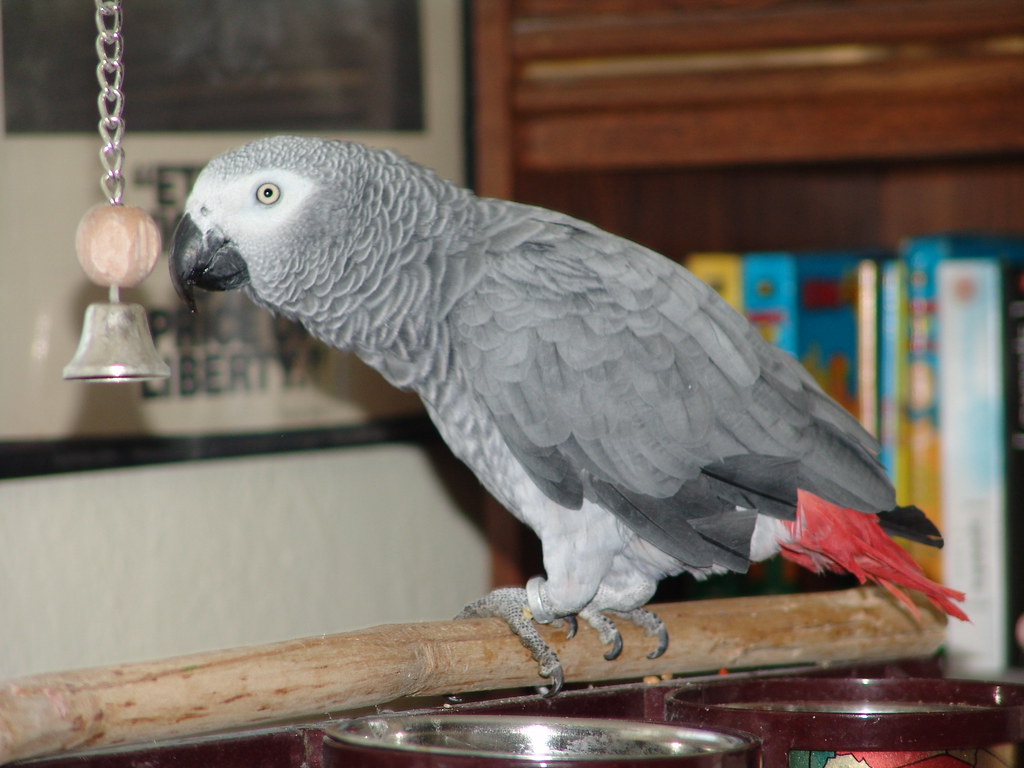
African Grey parrots, renowned for their remarkable intelligence and vocal abilities, have suffered catastrophic population declines of up to 99% in some regions, earning them endangered status on the IUCN Red List. These birds can live 50-70 years, requiring a lifetime commitment few owners can realistically provide, resulting in multiple rehomings that cause significant psychological trauma to these sensitive birds.
Their exceptional cognitive abilities—comparable to a human toddler—mean they require extensive mental stimulation, social interaction, and environmental enrichment that most home settings cannot adequately deliver. The specialized diet of wild African Greys includes over 100 different food items, a diversity impossible to replicate in captivity, leading to nutritional deficiencies. Perhaps most concerning is that many captive African Greys develop severe behavioral problems including feather plucking, self-mutilation, and stereotypic movements—signs of profound psychological distress that owners often cannot resolve despite their best intentions.
5. Pangolins – The Most Trafficked Mammals on Earth
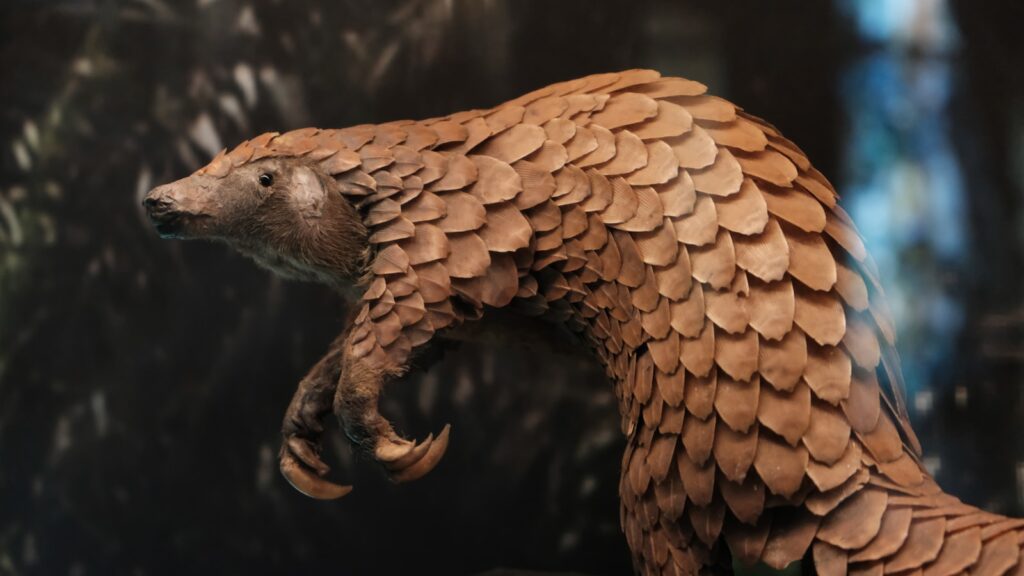
Pangolins hold the unfortunate distinction of being the world’s most trafficked mammals, with all eight species either vulnerable, endangered, or critically endangered due to poaching for their scales and meat. These unique, scaled mammals have highly specialized diets consisting primarily of ants and termites consumed through their distinctive feeding adaptations—long tongues and strong sense of smell—that cannot be adequately replicated in captivity.
Pangolins are notoriously difficult to keep alive in artificial environments; even the world’s top zoos have limited success maintaining them, with most captured specimens dying within weeks or months due to stress, improper nutrition, or disease. Their specialized nature makes them particularly vulnerable to the pet trade, as nearly every pangolin entering captivity represents an animal taken directly from already decimated wild populations. Conservation efforts focusing on habitat protection and anti-poaching measures represent the only ethical approach to protecting these remarkable animals, rather than attempting to keep them as novelty pets.
6. Hyacinth Macaws – The Struggling Sky Giants
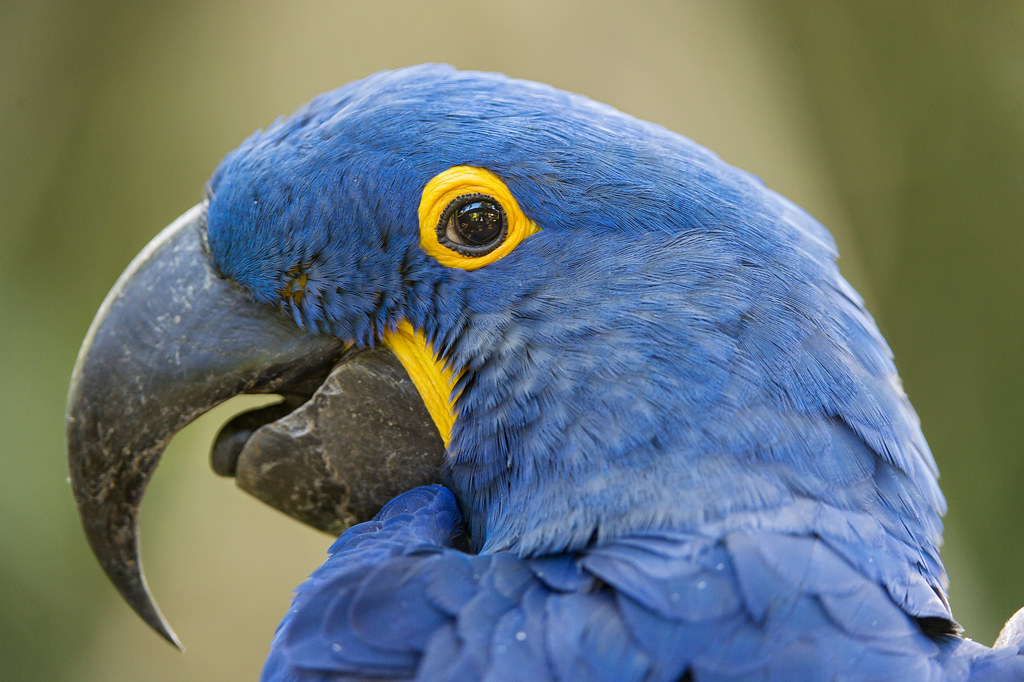
Hyacinth macaws, the largest flying parrots in the world with their stunning cobalt blue plumage, face a precarious future with fewer than 6,500 remaining in the wild, primarily in Brazil’s threatened habitats. These magnificent birds command prices exceeding $10,000 in the pet trade, creating powerful incentives for poaching that continues to impact wild populations despite breeding programs.
In captivity, hyacinth macaws present extraordinary challenges: they possess beaks powerful enough to crack open palm nuts and can easily destroy household furnishings, walls, and doors while causing serious injuries if mishandled. Their natural lifespan exceeds 50 years, often outliving their owners and creating a crisis of abandoned birds that sanctuaries struggle to accommodate. The specialized diet of hyacinth macaws centers around specific palm nuts found in their native habitat, containing nutrients difficult to replicate in captivity, leading to health problems including metabolic bone disease and reproductive disorders in pet specimens.
7. Fennec Foxes – Desert Specialists in Suburban Homes

Fennec foxes, the smallest canid species known for their enormous ears and diminutive size, have become increasingly popular exotic pets despite being poorly suited to captivity and facing population pressures in their native North African desert habitats. These specialized desert dwellers have evolved for extreme conditions—their oversized ears not only dissipate heat but detect prey moving underground, adaptations that become problematic in home environments. Fennec foxes possess scent glands that produce a musky odor impossible to eliminate, making them unsuitable for keeping indoors despite marketing claims to the contrary.
Their natural behaviors include digging extensive burrow systems (up to 32 feet long), nocturnal activity patterns with heightened periods of intense energy, and vocalizations ranging from high-pitched screams to barks that neighbors often find intolerable. Perhaps most concerning is their unsuitability for domestication; even after generations of breeding, fennec foxes retain wild instincts and behaviors that make them fundamentally different from domestic dogs, including unpredictable temperaments, marking behaviors, and inability to reliably housetrain.
8. Red-Eyed Tree Frogs – Fragile Rainforest Jewels

Red-eyed tree frogs, with their vibrant green bodies and striking red eyes, have become iconic symbols of rainforest conservation yet frequently appear in the exotic pet trade despite their delicate nature and specialized needs. While not currently listed as endangered, their Central American rainforest habitats face rapid destruction, with scientists documenting population declines that could soon change their conservation status.
These amphibians have extremely sensitive skin that absorbs substances directly from their environment, making them vulnerable to chemical contaminants found in tap water, cleaning products, and even oils from human hands. Creating appropriate humidity, temperature gradients, and UVB lighting requires sophisticated equipment beyond the capabilities of most hobbyists, with errors frequently resulting in painful skin conditions, respiratory infections, and premature death.
Additionally, wild-caught specimens often harbor parasites and diseases that can spread to other captive amphibians, creating broader problems for conservation efforts focused on critically endangered amphibian species.
Legal Considerations and Restrictions
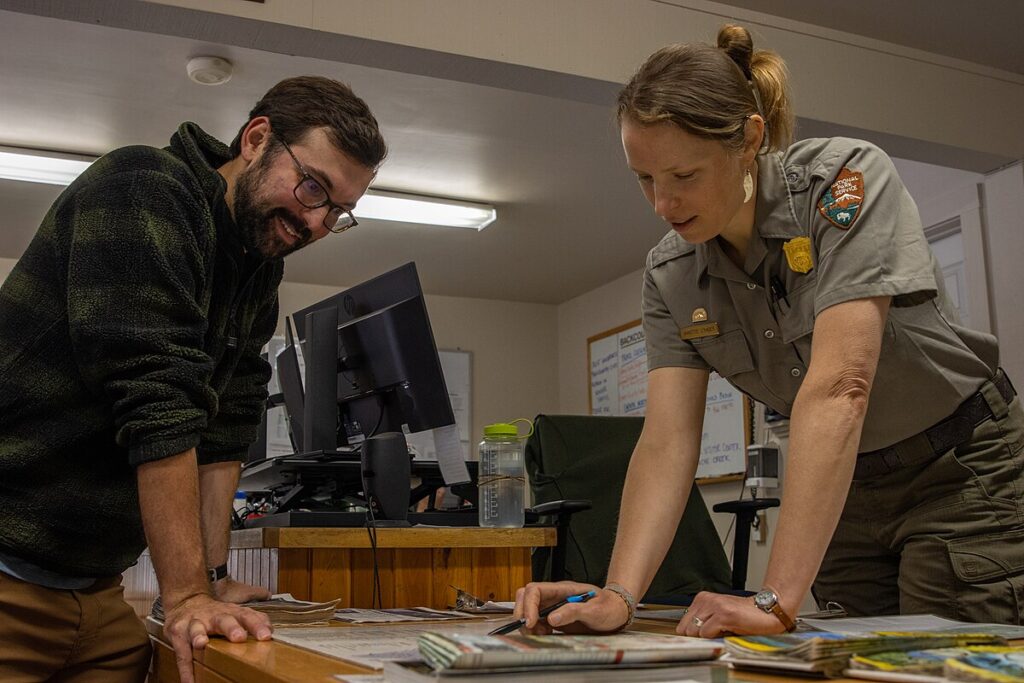
The legal landscape surrounding exotic pet ownership varies dramatically worldwide, creating confusion that illegal traders often exploit. The Convention on International Trade in Endangered Species (CITES) regulates international movement of protected species, but enforcement remains challenging with an estimated 25% of the exotic pet trade occurring illegally.
Within the United States, regulations vary by state, with some prohibiting all exotic pets while others have minimal restrictions, creating regulatory patchworks that complicate enforcement. Penalties for illegal possession of endangered species can be severe, including hefty fines reaching $250,000 and potential imprisonment, yet prosecutions remain relatively rare.
Many owners purchase endangered species without realizing they’re breaking federal laws, particularly when dealing with captive-bred specimens that may still require special permits. Legal experts note that legislation continues to evolve as conservation concerns mount, meaning today’s legal exotic pet might become tomorrow’s prohibited species.
The Conservation Impact of Exotic Pet Demand

The exotic pet trade creates ripple effects throughout ecosystems that extend far beyond the individual animals captured for commerce. When key species are removed from their habitats, ecological relationships developed over millions of years become disrupted—seed dispersal patterns change, predator-prey relationships shift, and entire food webs can collapse.
Conservation biologists have documented “empty forest syndrome” in regions heavily targeted by wildlife traffickers, where physically intact forests become functionally dead without their animal inhabitants. For endangered species with already small populations, even limited collection pressure can push them toward extinction, particularly for species with low reproductive rates like slow lorises and pangolins.
The financial incentives can be enormous—a single hyacinth macaw can fetch more money than a year’s salary in parts of Brazil, making poaching tempting despite legal protections. Perhaps most insidious is the marketing of exotic pets as “conservation,” when captive breeding for the pet trade typically contributes nothing to wild population recovery and may actually harm conservation efforts by diverting resources and attention.
Alternatives to Endangered Exotic Pets
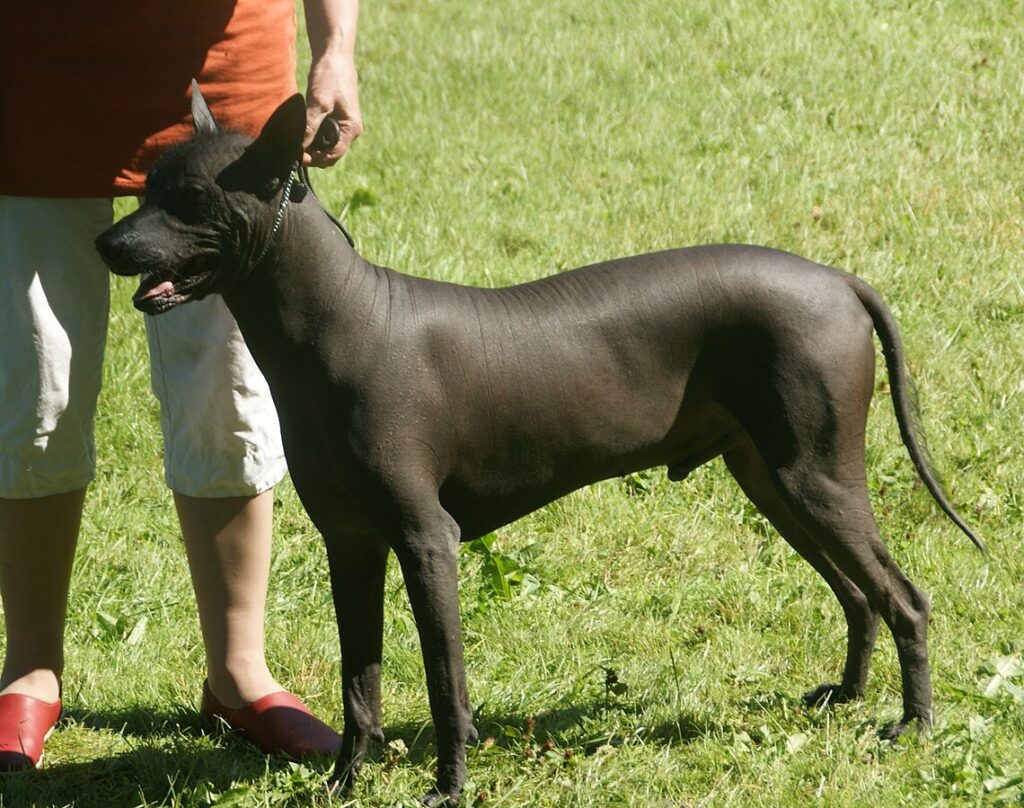
For those drawn to exotic pets, numerous ethical alternatives exist that satisfy the desire for unique animal companionship without contributing to conservation or welfare problems. Domestic animals with unusual characteristics, such as Devon Rex cats with their distinctive appearance or unusual dog breeds like the Xoloitzcuintli, provide the excitement of the uncommon while being adapted to human homes.
For reptile enthusiasts, captive-bred species with established care protocols like leopard geckos or corn snakes offer fascinating behaviors without threatening wild populations. Those interested in birds might consider domesticated species with generations of selective breeding, such as canaries or Gouldian finches, which thrive in appropriate aviaries.
Perhaps most fulfilling for many exotic animal lovers is channeling their passion into conservation support—sponsoring animals at accredited sanctuaries, volunteering with wildlife rehabilitation centers, or contributing to habitat protection offers meaningful connection to extraordinary species without the ethical complications of ownership.
When Good Intentions Go Wrong: The Rescue Dilemma
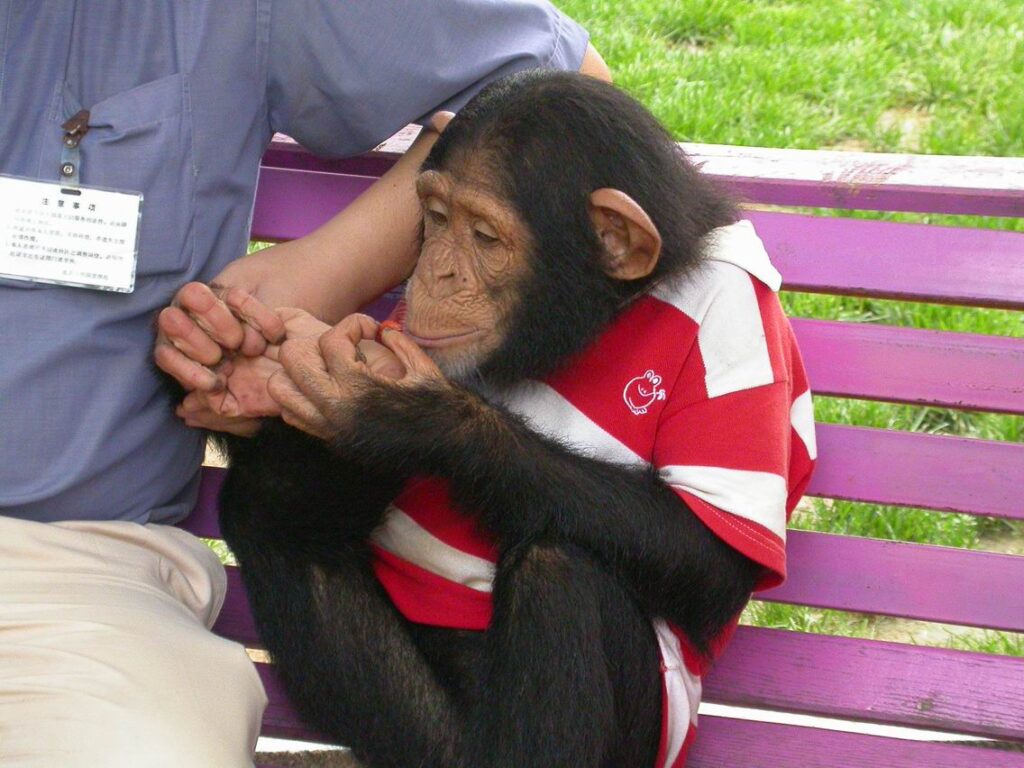
Many exotic pet owners begin with sincere intentions to rescue or provide better lives for endangered animals, only to find themselves overwhelmed by the specialized care these creatures require. Even well-funded sanctuaries struggle with the complex nutritional, behavioral, and veterinary needs of species like chimpanzees or tigers, making success nearly impossible in private homes.
The “rescue” narrative becomes particularly problematic when purchasing endangered animals from dealers or breeders, as this transaction financially rewards the very industry driving the exploitation. Wildlife rehabilitation experts emphasize that true rescue involves supporting legitimate conservation organizations rather than bringing wild animals into domestic settings.
The psychological attachment owners develop to inappropriate pets often leads to prolonged suffering as they attempt to maintain the relationship despite mounting evidence of the animal’s deteriorating condition. Professional sanctuaries report that animals arriving from private “rescuers” frequently exhibit severe physical and psychological trauma requiring months or years of specialized rehabilitation, if recovery is possible at all.
Conclusion: Protecting Wildlife Through Responsible Choices
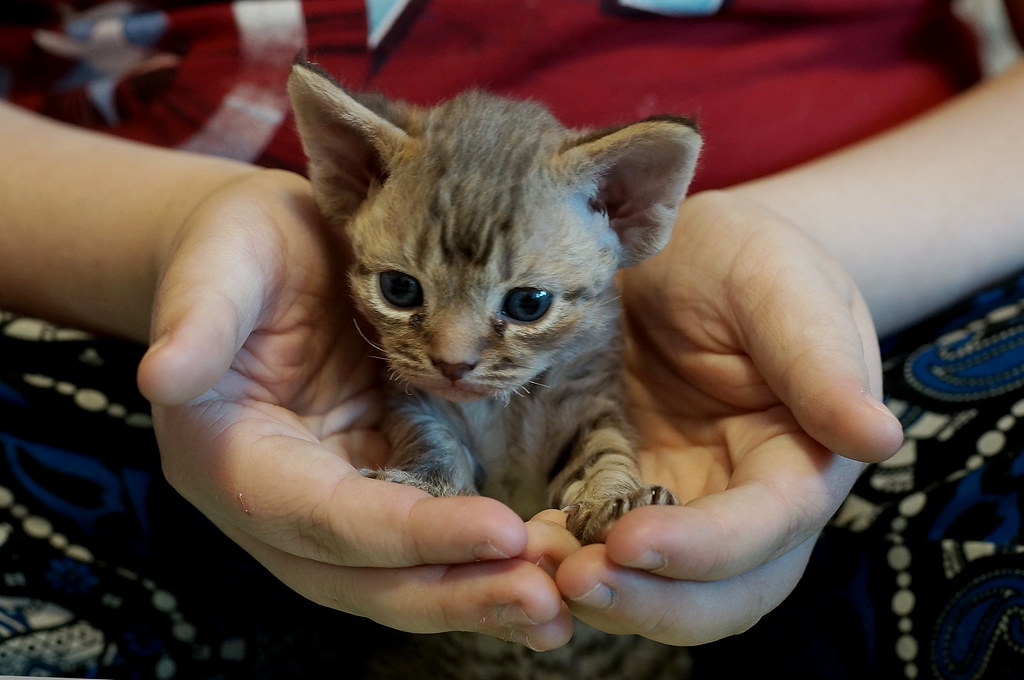
The desire to form connections with remarkable animals is deeply human, but our fascination with the exotic must be balanced against the welfare of individual creatures and the survival of entire species. The eight endangered animals highlighted in this article—slow lorises, tiger cubs, chimpanzees, African grey parrots, pangolins, hyacinth macaws, fennec foxes, and red-eyed tree frogs—represent just a fraction of the inappropriate species in the exotic pet trade.
By making informed, ethical choices about animal companionship, we can help break the cycle of demand driving population declines and animal suffering. True respect for these magnificent creatures means appreciating them in their natural environments or through legitimate conservation programs rather than attempting to possess them. As our understanding of animal cognition, emotional complexity, and ecological importance continues to grow, so too should our commitment to ensuring that our desire for connection doesn’t come at the cost of their freedom and survival.

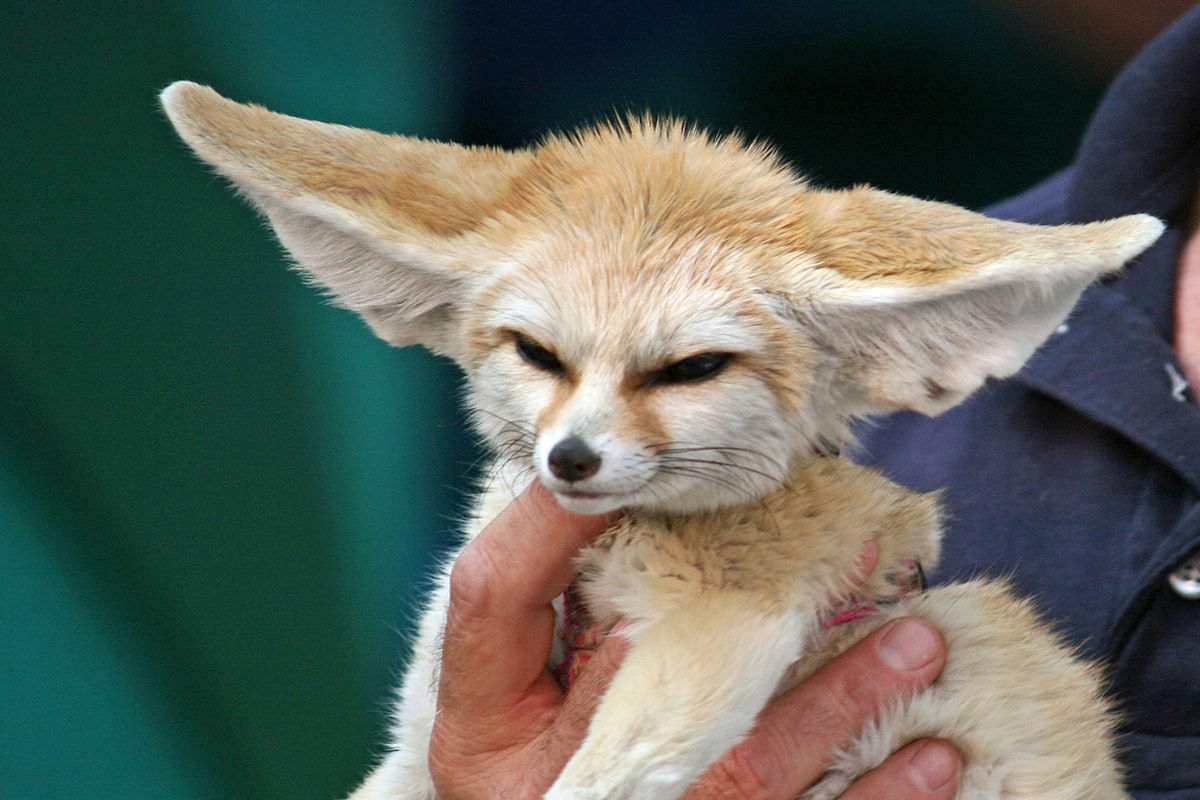
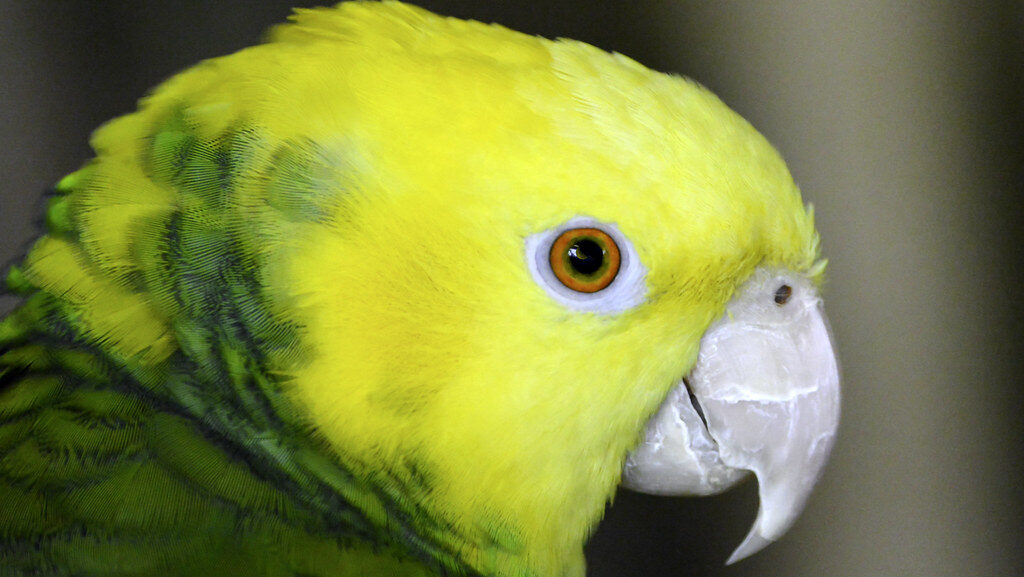

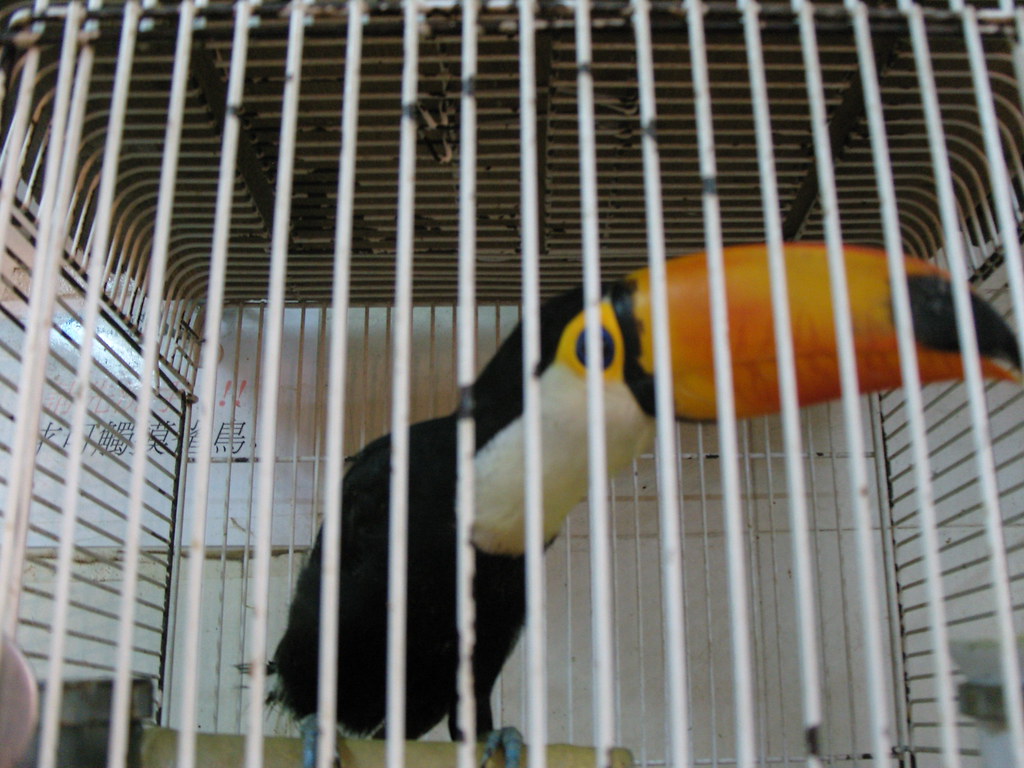
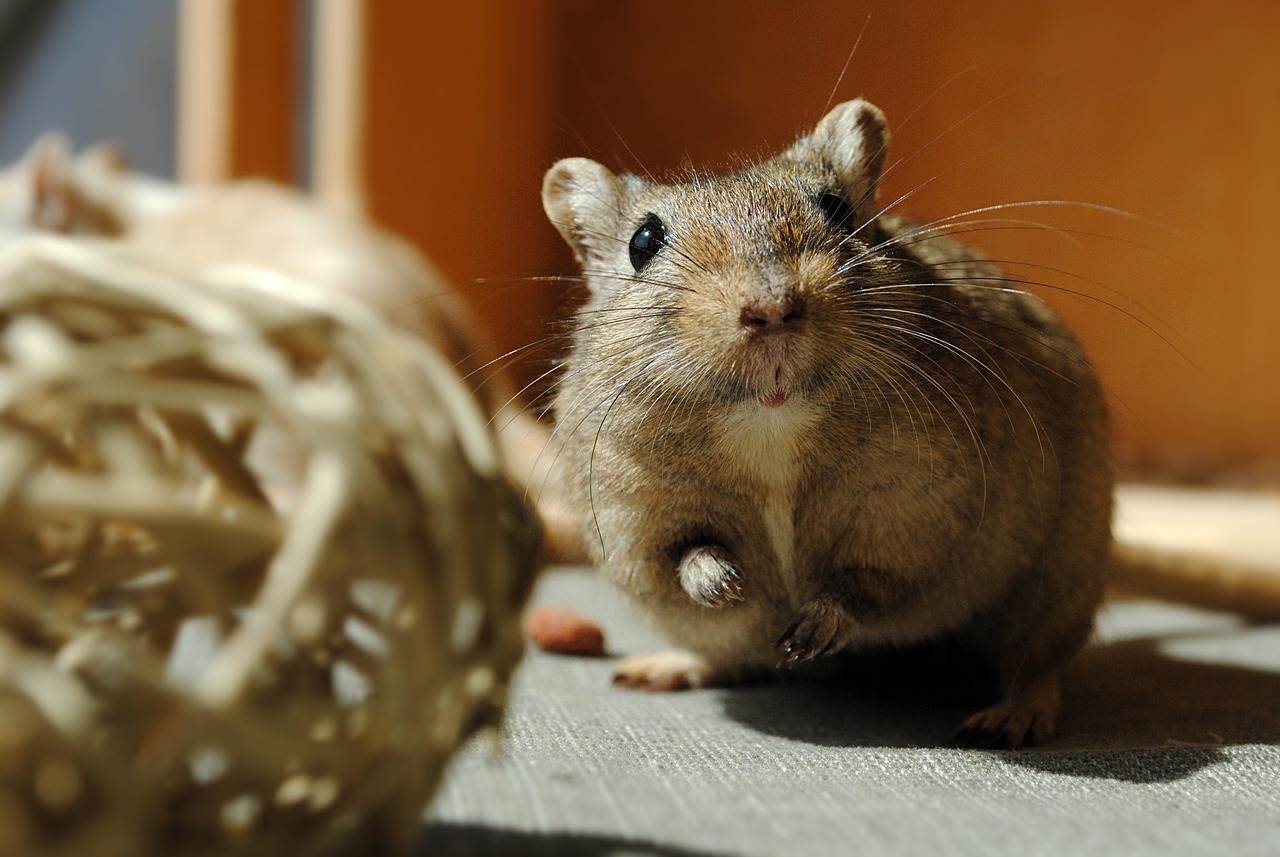
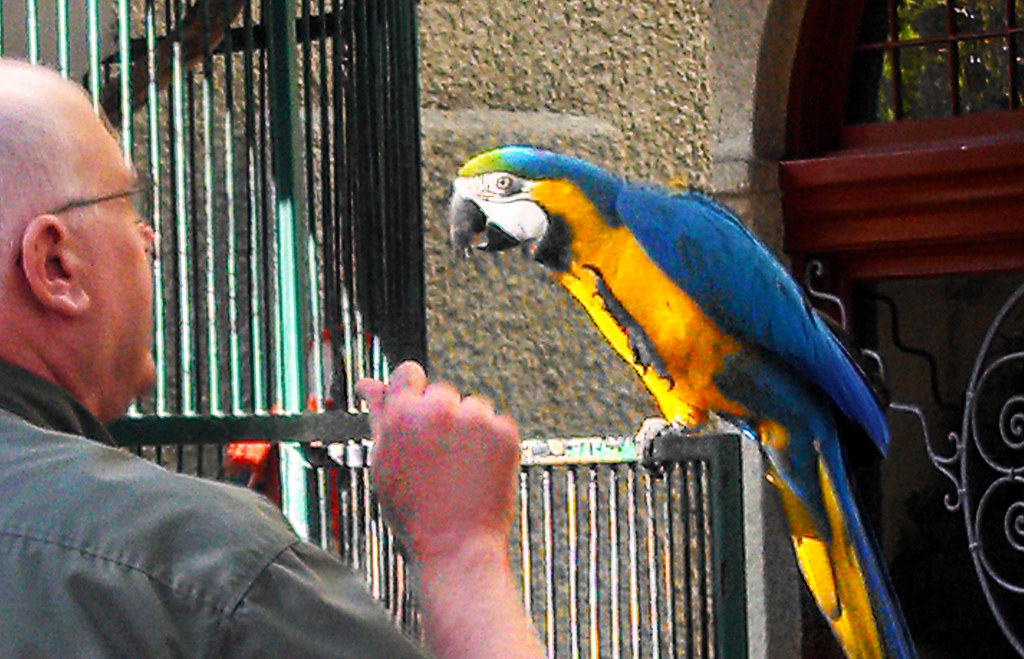
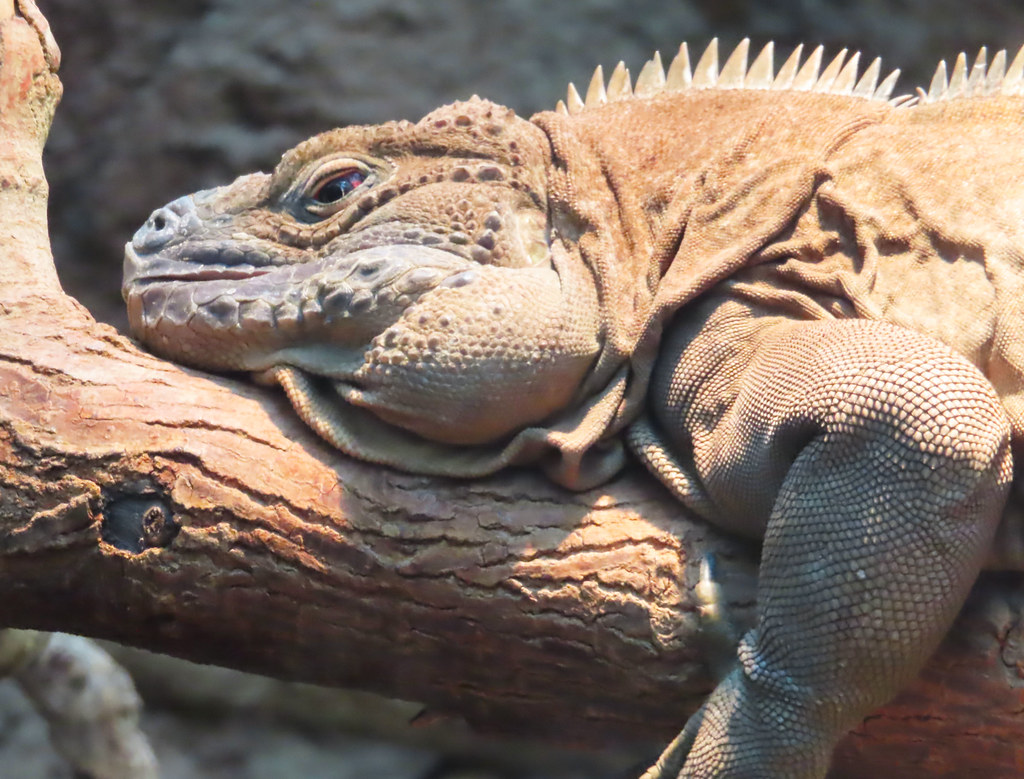
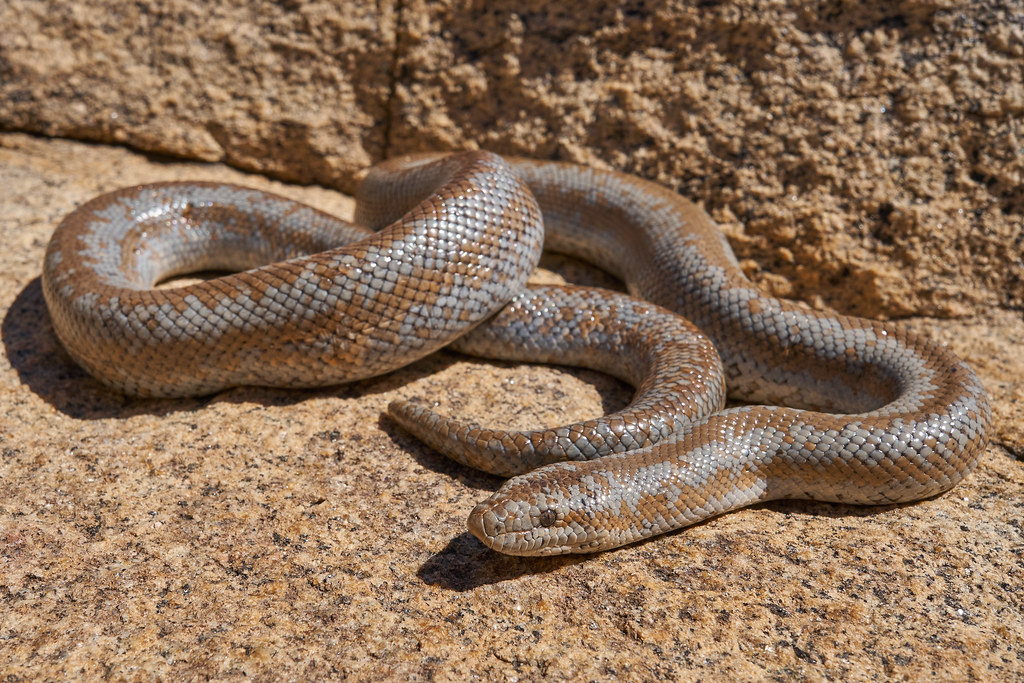
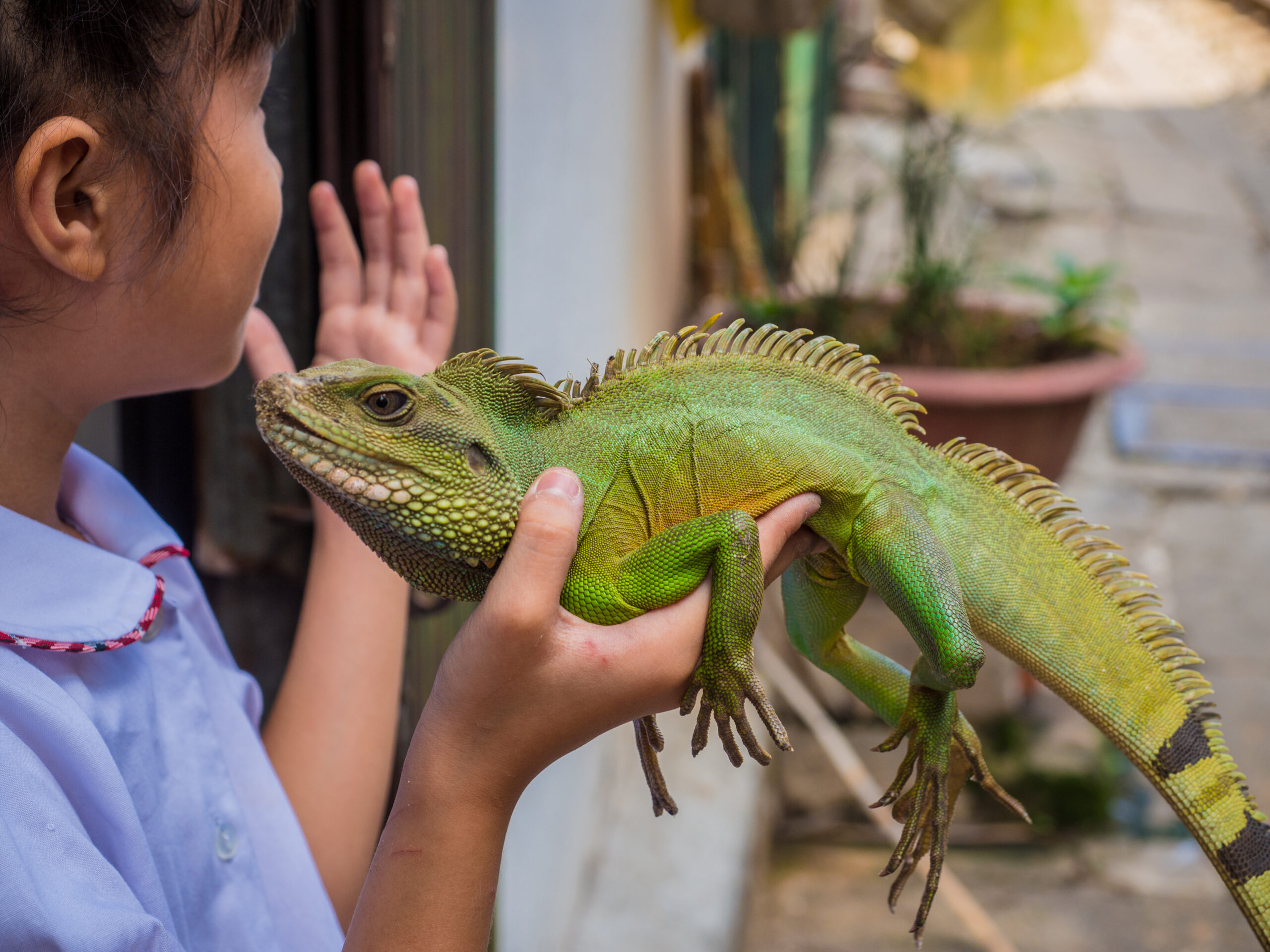
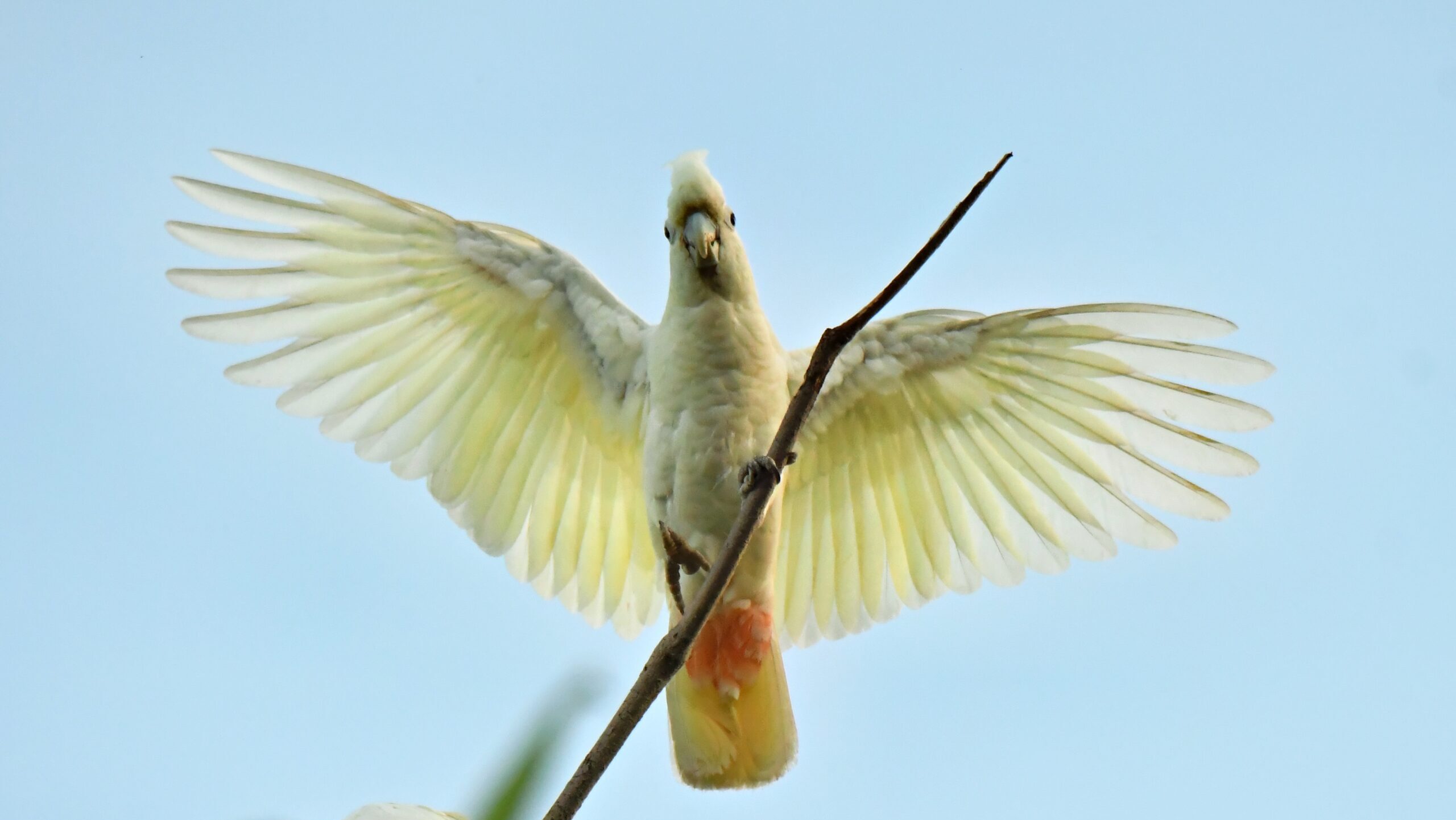
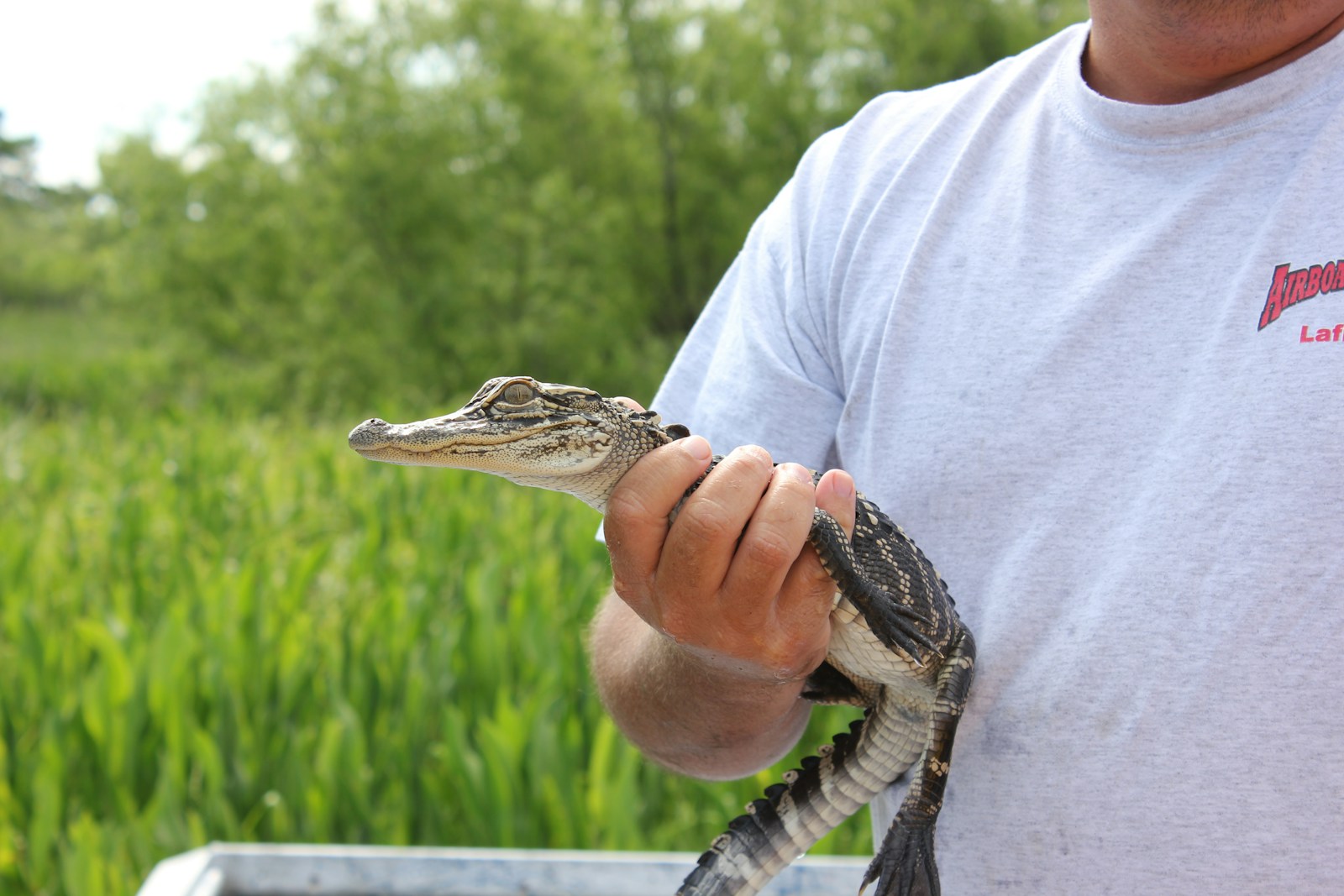




Leave a Reply